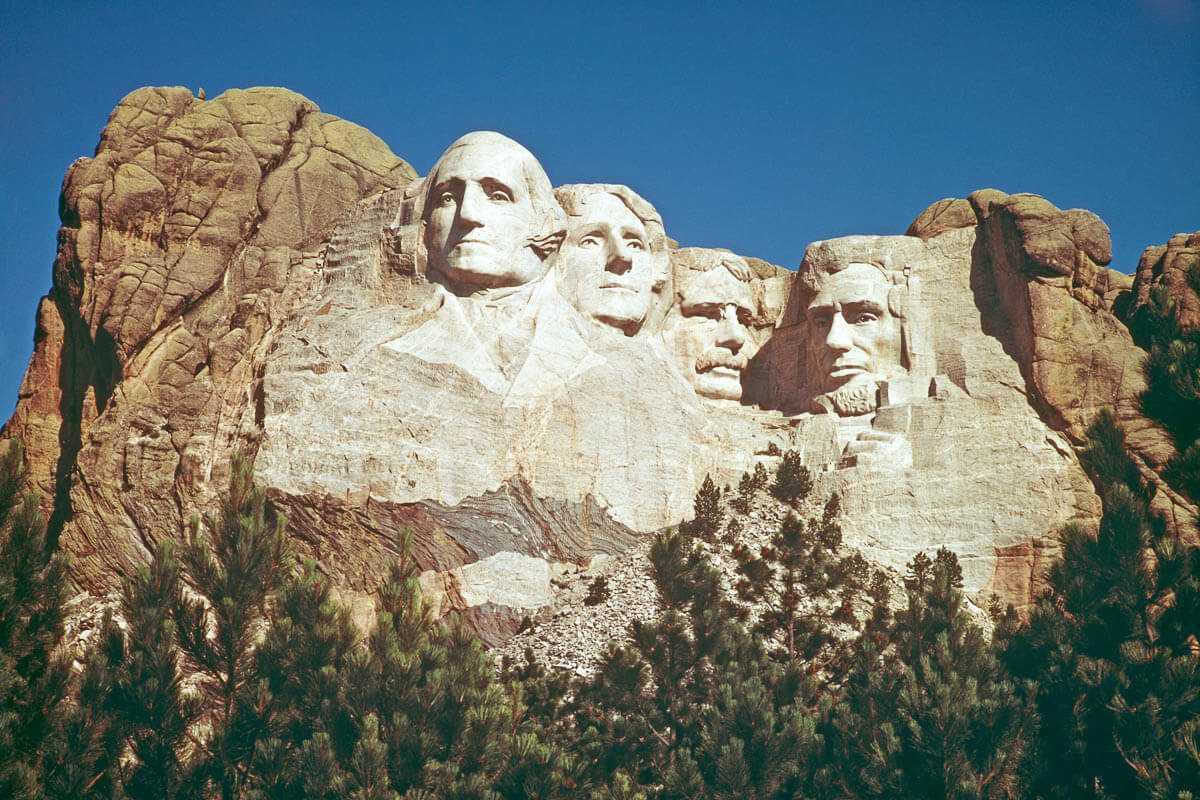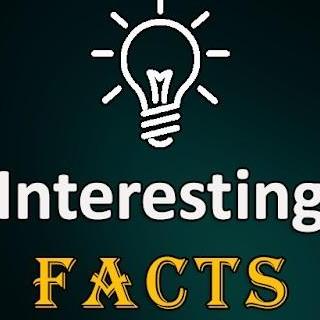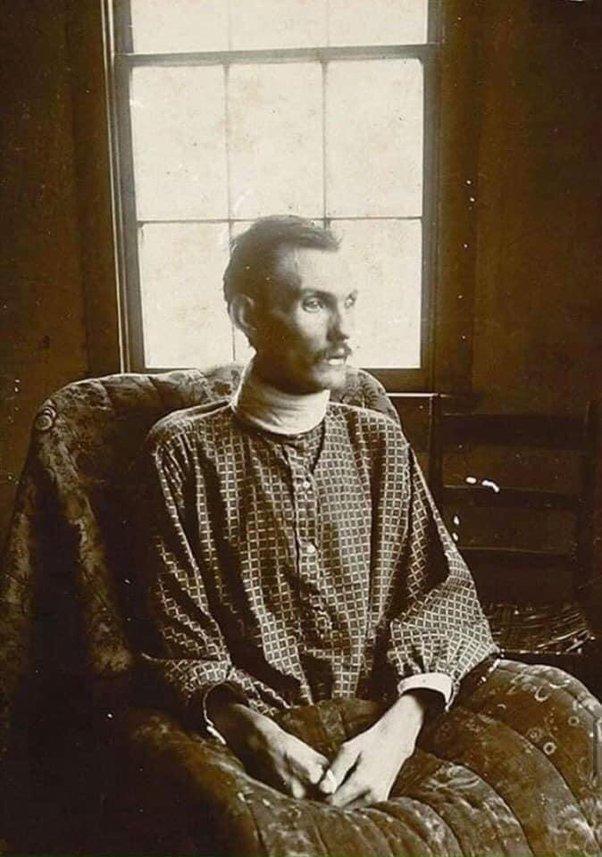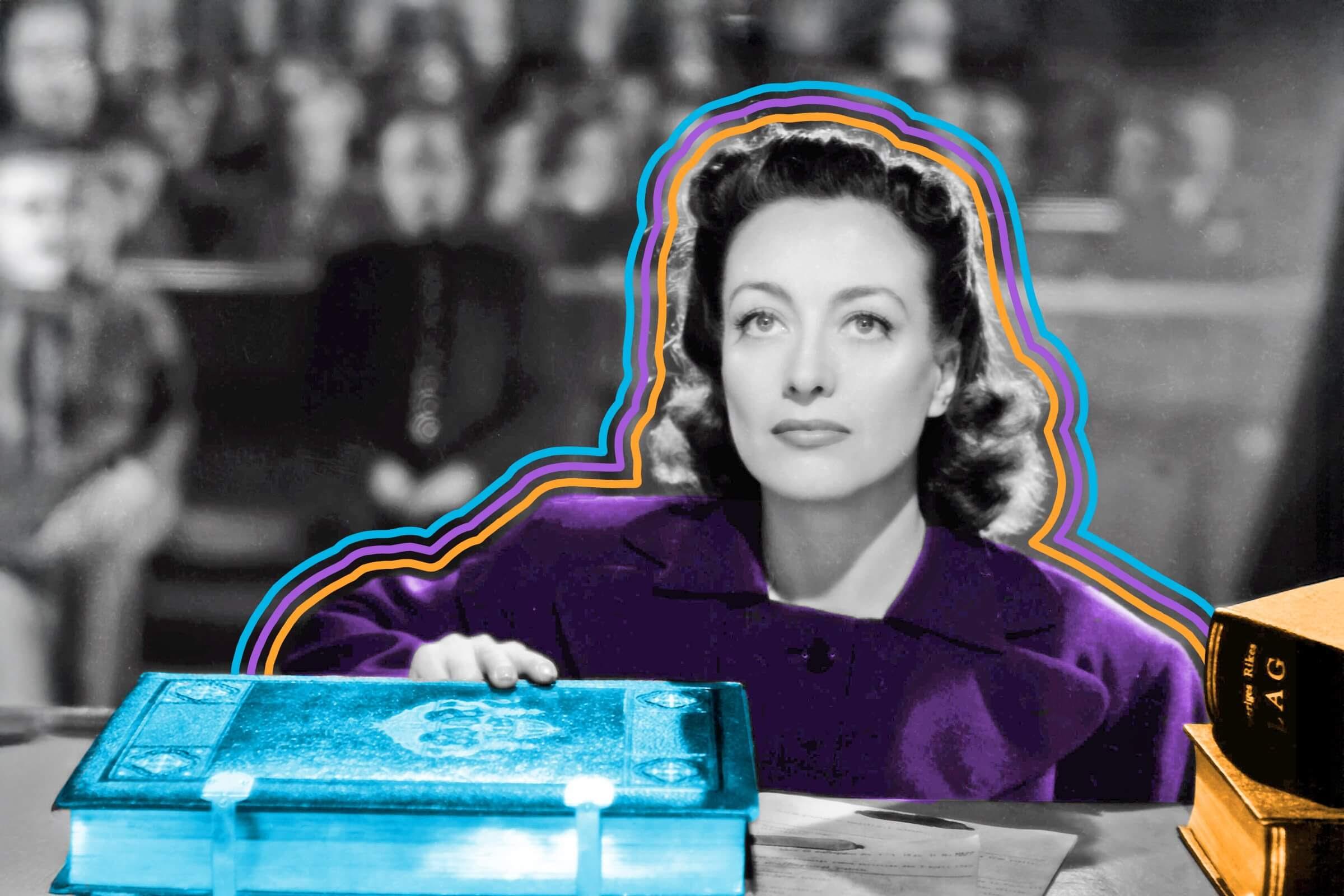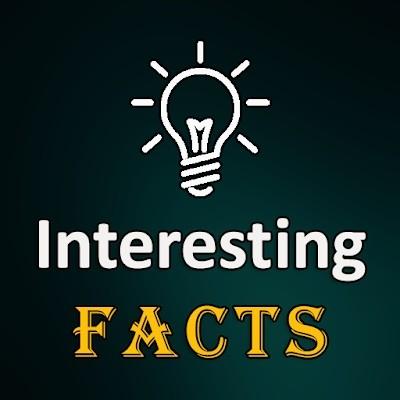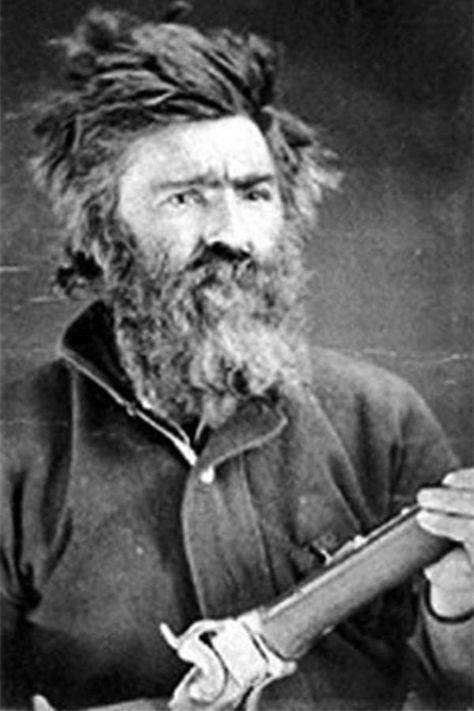Post Your Interesting Facts.
- Δημόσια Ομάδα
- 88 Δημοσιεύσεις
- 26 τις φωτογραφίες μου
- 0 Videos
- History and Facts
- Doc Holiday, last known photo 1887
His hard living had caught up to him, forcing him to seek treatment for his tuberculosis at a sanitarium in Glenwood Springs, Colorado. He died in his bed at only 36 years old.
Last photo of Doc Holliday at the Hotel Glenwood, Glenwood Springs Colorado.
John Henry "Doc" Holliday (August 14, 1851 – November 8, 1887) was an American gambler, gunfighter, and dentist. A close friend and associate of lawman Wyatt Earp, Holliday is best known for his role in the events leading up to and following the Gunfight at the O.K. Corral. He developed a reputation as having killed more than a dozen men in various altercations, but modern researchers have concluded that, contrary to popular myth-making, Holliday killed only one or two men. Holliday's colorful life and character have been depicted in many books and portrayed by well-known actors in numerous movies and television series.
In 1887, prematurely gray and badly ailing, Holliday made his way to the Hotel Glenwood, near the hot springs of Glenwood Springs, Colorado. He hoped to take advantage of the reputed curative power of the waters, but the sulfurous fumes from the spring may have done his lungs more harm than good As he lay dying, Holliday is reported to have asked the nurse attending him for a shot of whiskey. When she told him no, he looked at his bootless feet, amused. The nurses said that his last words were, "This is funny."[He always figured he would be killed someday with his boots on..Holliday died at 10am on November 8, 1887. He was 36.Wyatt Earp did not learn of Holliday's death until two months afterward.
Holliday is buried in Linwood Cemetery overlooking Glenwood Springs. The exact location of his grave is uncertain.Doc Holiday, last known photo 1887 His hard living had caught up to him, forcing him to seek treatment for his tuberculosis at a sanitarium in Glenwood Springs, Colorado. He died in his bed at only 36 years old. Last photo of Doc Holliday at the Hotel Glenwood, Glenwood Springs Colorado. John Henry "Doc" Holliday (August 14, 1851 – November 8, 1887) was an American gambler, gunfighter, and dentist. A close friend and associate of lawman Wyatt Earp, Holliday is best known for his role in the events leading up to and following the Gunfight at the O.K. Corral. He developed a reputation as having killed more than a dozen men in various altercations, but modern researchers have concluded that, contrary to popular myth-making, Holliday killed only one or two men. Holliday's colorful life and character have been depicted in many books and portrayed by well-known actors in numerous movies and television series. In 1887, prematurely gray and badly ailing, Holliday made his way to the Hotel Glenwood, near the hot springs of Glenwood Springs, Colorado. He hoped to take advantage of the reputed curative power of the waters, but the sulfurous fumes from the spring may have done his lungs more harm than good As he lay dying, Holliday is reported to have asked the nurse attending him for a shot of whiskey. When she told him no, he looked at his bootless feet, amused. The nurses said that his last words were, "This is funny."[He always figured he would be killed someday with his boots on..Holliday died at 10am on November 8, 1887. He was 36.Wyatt Earp did not learn of Holliday's death until two months afterward. Holliday is buried in Linwood Cemetery overlooking Glenwood Springs. The exact location of his grave is uncertain.0 Σχόλια 0 Μοιράστηκε 181 Views1 Παρακαλούμε συνδέσου στην Κοινότητά μας για να δηλώσεις τι σου αρέσει, να σχολιάσεις και να μοιραστείς με τους φίλους σου!
Παρακαλούμε συνδέσου στην Κοινότητά μας για να δηλώσεις τι σου αρέσει, να σχολιάσεις και να μοιραστείς με τους φίλους σου! - Estimated population of pet cats in the United Kingdom
11,000,000Estimated population of pet cats in the United Kingdom 11,000,0000 Σχόλια 0 Μοιράστηκε 173 Views1
- Halloween comes from an ancient pagan holiday.
Halloween has its roots in an ancient Celtic holiday called Samhain, traditionally celebrated in Ireland and Scotland on the night of October 31 each year. It was believed that on that night, the separation between the living world and the world of the dead broke down, allowing for interaction with the Celtic “Otherworld,” the realm of the spirits. Traditional Samhain celebrations centered around fire: The hearth was lit while the harvest was gathered, and it was left to burn out on its own. If the hearth was put out by hand, it was thought to anger the gods. Afterward, a bonfire was held to honor the dead, and people would take flame from the fire to relight the hearth at home. Celebrants would also dress up in costumes and disguises during Samhain so that evil spirits returning to Earth would not be able to recognize them. Hollowed-out root vegetables with candles inside, a precursor to jack-o’-lanterns, were used in part to scare off evil spirits, as well as to guide the way home after the Samhain celebration.Halloween comes from an ancient pagan holiday. Halloween has its roots in an ancient Celtic holiday called Samhain, traditionally celebrated in Ireland and Scotland on the night of October 31 each year. It was believed that on that night, the separation between the living world and the world of the dead broke down, allowing for interaction with the Celtic “Otherworld,” the realm of the spirits. Traditional Samhain celebrations centered around fire: The hearth was lit while the harvest was gathered, and it was left to burn out on its own. If the hearth was put out by hand, it was thought to anger the gods. Afterward, a bonfire was held to honor the dead, and people would take flame from the fire to relight the hearth at home. Celebrants would also dress up in costumes and disguises during Samhain so that evil spirits returning to Earth would not be able to recognize them. Hollowed-out root vegetables with candles inside, a precursor to jack-o’-lanterns, were used in part to scare off evil spirits, as well as to guide the way home after the Samhain celebration.0 Σχόλια 0 Μοιράστηκε 195 Views - Birthdays Weren't Always Celebrated Because Few People Even Knew Their Birthday Date.Birthdays are often a big deal in the modern world, marking milestones such as being old enough to drive or vote, or acknowledging the start of a new decade of life. But for most of human history, a birthday was just another day, and many people didn’t even know when theirs was. Ancient societies sometimes recorded births within noble or...0 Σχόλια 0 Μοιράστηκε 471 Views
- Dairy Queen doesn’t sell ice cream.
Dairy Queen makes a lot of popular frozen treats — Blizzards, sundaes, and cones, to name a few — but none of them are technically ice cream. The company’s soft serve products, though delicious, don’t meet the Food and Drug Administration guideline mandating that “ice cream contains not less than 10% milk fat.”
Because Dairy Queen’s products are made with only 5% milk fat, they’re required to be called something else. That’s why you won’t actually see the words “ice cream” at your local DQ or on the website, which is careful to use specific wording.
Soft serve and similar confections made with lower milk fat used to be classified as “ice milk” by the FDA, but new regulations in 1995 resulted in three other categories instead: reduced-fat, light, and low-fat ice cream. Dairy Queen products fall under the banner of “reduced-fat ice cream,” which is legally distinct from “ice cream” proper — and isn’t the catchiest term when trying to sell frozen desserts. Frozen yogurt, meanwhile, is made of yogurt rather than cream and hasn’t been sold at Dairy Queen since the chain discontinued the frozen yogurt-based Breeze in 2000.Dairy Queen doesn’t sell ice cream. Dairy Queen makes a lot of popular frozen treats — Blizzards, sundaes, and cones, to name a few — but none of them are technically ice cream. The company’s soft serve products, though delicious, don’t meet the Food and Drug Administration guideline mandating that “ice cream contains not less than 10% milk fat.” Because Dairy Queen’s products are made with only 5% milk fat, they’re required to be called something else. That’s why you won’t actually see the words “ice cream” at your local DQ or on the website, which is careful to use specific wording. Soft serve and similar confections made with lower milk fat used to be classified as “ice milk” by the FDA, but new regulations in 1995 resulted in three other categories instead: reduced-fat, light, and low-fat ice cream. Dairy Queen products fall under the banner of “reduced-fat ice cream,” which is legally distinct from “ice cream” proper — and isn’t the catchiest term when trying to sell frozen desserts. Frozen yogurt, meanwhile, is made of yogurt rather than cream and hasn’t been sold at Dairy Queen since the chain discontinued the frozen yogurt-based Breeze in 2000.0 Σχόλια 0 Μοιράστηκε 252 Views1
- Joan Crawford’s stage name came from a public contest.
Like many classic Hollywood stars, Joan Crawford was known by a stage name rather than her real name. Born Lucille Fay LeSueur, the future Oscar winner made her silver-screen debut in 1925’s Lady of the Night under her birth name. Metro-Goldwyn-Mayer, which had signed her to a $75-a-week contract, saw potential in the starlet but feared her name would be a hindrance; Pete Smith, the head of publicity at MGM, thought her surname sounded too much like the word “sewer.”
So the upper brass at MGM landed on a novel solution: a contest run in the fan magazine Movie Weekly, which offered between $50 and $500 for coming up with a new name for “a beautiful young screen actress.” The perfect name, according to MGM, “must be moderately short and euphonious. It must not imitate the name of some already established artiste. It must be easy to spell, pronounce, and remember. It must be impressive and suitable to the bearer’s type.”
The winner, as fate would have it, wasn’t Joan Crawford; it was Joan Arden, which was already the name of an extra who threatened to sue MGM. And so the second-place winner was chosen instead, not that the new Joan Crawford was happy about it — she initially hated the name before making the most of it.
Crawford accepted her Oscar from bed.
After a string of hits in the late 1920s and early ’30s, Crawford’s luck so reversed itself that she was deemed “box-office poison” in TIME magazine by the end of the decade. Her comeback wasn’t fully solidified until she took the title role in 1945’s Mildred Pierce, which resulted in her sole Academy Award — not that she was expecting to win. Believing Ingrid Bergman would take home the Oscar for The Bells of St. Mary’s, Crawford was disinclined to attend any ceremony where she wouldn’t be victorious and opted to feign illness. Upon learning she’d won, however, she put on her makeup, invited members of the press to her bedroom, and accepted the statuette from the comfort of her own bed.Joan Crawford’s stage name came from a public contest. Like many classic Hollywood stars, Joan Crawford was known by a stage name rather than her real name. Born Lucille Fay LeSueur, the future Oscar winner made her silver-screen debut in 1925’s Lady of the Night under her birth name. Metro-Goldwyn-Mayer, which had signed her to a $75-a-week contract, saw potential in the starlet but feared her name would be a hindrance; Pete Smith, the head of publicity at MGM, thought her surname sounded too much like the word “sewer.” So the upper brass at MGM landed on a novel solution: a contest run in the fan magazine Movie Weekly, which offered between $50 and $500 for coming up with a new name for “a beautiful young screen actress.” The perfect name, according to MGM, “must be moderately short and euphonious. It must not imitate the name of some already established artiste. It must be easy to spell, pronounce, and remember. It must be impressive and suitable to the bearer’s type.” The winner, as fate would have it, wasn’t Joan Crawford; it was Joan Arden, which was already the name of an extra who threatened to sue MGM. And so the second-place winner was chosen instead, not that the new Joan Crawford was happy about it — she initially hated the name before making the most of it. Crawford accepted her Oscar from bed. After a string of hits in the late 1920s and early ’30s, Crawford’s luck so reversed itself that she was deemed “box-office poison” in TIME magazine by the end of the decade. Her comeback wasn’t fully solidified until she took the title role in 1945’s Mildred Pierce, which resulted in her sole Academy Award — not that she was expecting to win. Believing Ingrid Bergman would take home the Oscar for The Bells of St. Mary’s, Crawford was disinclined to attend any ceremony where she wouldn’t be victorious and opted to feign illness. Upon learning she’d won, however, she put on her makeup, invited members of the press to her bedroom, and accepted the statuette from the comfort of her own bed.0 Σχόλια 0 Μοιράστηκε 339 Views - 0 Σχόλια 0 Μοιράστηκε 469 Views
- 0 Σχόλια 0 Μοιράστηκε 457 Views
- Jeremiah Johnson.
John Garrison Jeremiah Johnson was born in 1824 in Little York, New Jersey. In 1846 he enlisted in the Navy; after beating an officer to a pulp, he deserted and fled west.
In Alder Gulch, Montana, he became a gold prospector and called himself only John Johnson. Later, he worked as a lumberjack, a trapper, and in other more or less legal jobs. It was hard not to notice him, because of his two meters of height, his 120 kilos of muscles, and his frequent outbursts of anger and fury.
In 1847 he married a Flathead Indian. Shortly afterward, his wife was killed by the Crow, an enemy tribe. If only they had never done it. Johnson began the hunt for the Crow. His revenge would go on for 25 years. And it would be terrible. According to historian Andrew Southerland, "He killed and scalped more than 300 Crow Indians. And he ate the liver of each one." Hence the nickname. Johnson's is a disdain: the Crows believe that without a liver you can't go to the green pastures.
"Liver Eater" becomes the terror of the Indians. In 1863, captured by the Blackfeet, he is about to be sold to the Crows. But he escapes after tearing the leather ties with his teeth. After killing the Indian guard, he cuts off his leg with a large knife. He takes it with him and eats it during the long escape in the snow: 300 kilometers to a friend's shack.
He then enlists in the Union Army, where he fights bravely. There is also time to make peace with the Crows, who become "blood brothers". But in the Indian wars "Dapiek Absaroka", the Crow killer, as he is known among the Indians, will massacre Sioux and Blackfeet. In the 1880s he is sheriff in Red Lodge, Montana. He will die in 1900 in a hospice for war veterans.
The main character of the western film “Red Crow: You Will Not Have My Scalp” was modeled on his life. To play him, director Sidney Pollack chose (guess what?) the angelic face of Robert Redford.
The movie was released in Italy with the title, "Red Crow You Will Not Have My Scalp". It was released in the US with the title, “Jeremiah Johnson. “
Around the time of the film’s release I found Johnson’s grave at the VA Cemetery in Los Angeles where he was buried after dying at VA Hospital.
A few weeks later a group of high school students had themselves legally declared his “next of kin” since he had no known relatives.
They had his body reburied in the Rocky Mountains near Cody, WY at an outdoor museum of Western buildings such as Butch Cassidy’s first hideout. Robert Redford attended the burial.Jeremiah Johnson. John Garrison Jeremiah Johnson was born in 1824 in Little York, New Jersey. In 1846 he enlisted in the Navy; after beating an officer to a pulp, he deserted and fled west. In Alder Gulch, Montana, he became a gold prospector and called himself only John Johnson. Later, he worked as a lumberjack, a trapper, and in other more or less legal jobs. It was hard not to notice him, because of his two meters of height, his 120 kilos of muscles, and his frequent outbursts of anger and fury. In 1847 he married a Flathead Indian. Shortly afterward, his wife was killed by the Crow, an enemy tribe. If only they had never done it. Johnson began the hunt for the Crow. His revenge would go on for 25 years. And it would be terrible. According to historian Andrew Southerland, "He killed and scalped more than 300 Crow Indians. And he ate the liver of each one." Hence the nickname. Johnson's is a disdain: the Crows believe that without a liver you can't go to the green pastures. "Liver Eater" becomes the terror of the Indians. In 1863, captured by the Blackfeet, he is about to be sold to the Crows. But he escapes after tearing the leather ties with his teeth. After killing the Indian guard, he cuts off his leg with a large knife. He takes it with him and eats it during the long escape in the snow: 300 kilometers to a friend's shack. He then enlists in the Union Army, where he fights bravely. There is also time to make peace with the Crows, who become "blood brothers". But in the Indian wars "Dapiek Absaroka", the Crow killer, as he is known among the Indians, will massacre Sioux and Blackfeet. In the 1880s he is sheriff in Red Lodge, Montana. He will die in 1900 in a hospice for war veterans. The main character of the western film “Red Crow: You Will Not Have My Scalp” was modeled on his life. To play him, director Sidney Pollack chose (guess what?) the angelic face of Robert Redford. The movie was released in Italy with the title, "Red Crow You Will Not Have My Scalp". It was released in the US with the title, “Jeremiah Johnson. “ Around the time of the film’s release I found Johnson’s grave at the VA Cemetery in Los Angeles where he was buried after dying at VA Hospital. A few weeks later a group of high school students had themselves legally declared his “next of kin” since he had no known relatives. They had his body reburied in the Rocky Mountains near Cody, WY at an outdoor museum of Western buildings such as Butch Cassidy’s first hideout. Robert Redford attended the burial.0 Σχόλια 0 Μοιράστηκε 937 Views1
- Today July 18th, 1984
Twenty-one people are shot to death at McDonald’s
James Oliver Huberty opens fire in a crowded McDonald’s restaurant in San Ysidro, California, killing 21 people and wounding 19 others with several semi-automatic weapons. Minutes earlier, Huberty had left home, telling his wife, “I’m going hunting…hunting for humans.”
Huberty, who had a history of mental problems, lost his job in Ohio the previous year. He brought his family to San Diego and worked as a security guard until he was fired again, a month before the shootings. His wife claimed that Huberty called a mental health clinic to make an appointment for counseling but was never called back. Huberty had a love affair with guns, keeping a small arsenal in his bedroom. Neighbors described him as very angry.
Bringing several of these guns into the McDonald’s two miles from the Mexican border, Huberty demanded that the 45 patrons get on the floor. He then walked around the restaurant, calmly shooting people. He killed 20 in the first ten minutes, including four who tried to escape. There were so many shots fired that the police first assumed that there was more than one gunman inside. Firing at a fire truck that responded to the scene, Huberty also grazed one firefighter with a bullet.
An hour after the shooting began, an employee managed to escape through the basement and inform the SWAT team that Huberty was alone and without hostages. With this information, sharpshooters were told to “take him out.” A marksman sent a shot through Huberty’s chest and killed him. After making sure that he was dead, police finally entered the restaurant. San Diego Police Chief William Kolender said, “I hope to God I never see such a thing again.”Today July 18th, 1984 Twenty-one people are shot to death at McDonald’s James Oliver Huberty opens fire in a crowded McDonald’s restaurant in San Ysidro, California, killing 21 people and wounding 19 others with several semi-automatic weapons. Minutes earlier, Huberty had left home, telling his wife, “I’m going hunting…hunting for humans.” Huberty, who had a history of mental problems, lost his job in Ohio the previous year. He brought his family to San Diego and worked as a security guard until he was fired again, a month before the shootings. His wife claimed that Huberty called a mental health clinic to make an appointment for counseling but was never called back. Huberty had a love affair with guns, keeping a small arsenal in his bedroom. Neighbors described him as very angry. Bringing several of these guns into the McDonald’s two miles from the Mexican border, Huberty demanded that the 45 patrons get on the floor. He then walked around the restaurant, calmly shooting people. He killed 20 in the first ten minutes, including four who tried to escape. There were so many shots fired that the police first assumed that there was more than one gunman inside. Firing at a fire truck that responded to the scene, Huberty also grazed one firefighter with a bullet. An hour after the shooting began, an employee managed to escape through the basement and inform the SWAT team that Huberty was alone and without hostages. With this information, sharpshooters were told to “take him out.” A marksman sent a shot through Huberty’s chest and killed him. After making sure that he was dead, police finally entered the restaurant. San Diego Police Chief William Kolender said, “I hope to God I never see such a thing again.”0 Σχόλια 0 Μοιράστηκε 977 Views
και άλλες ιστορίες
που συμμετέχουν Ομάδα to join the chatbox



